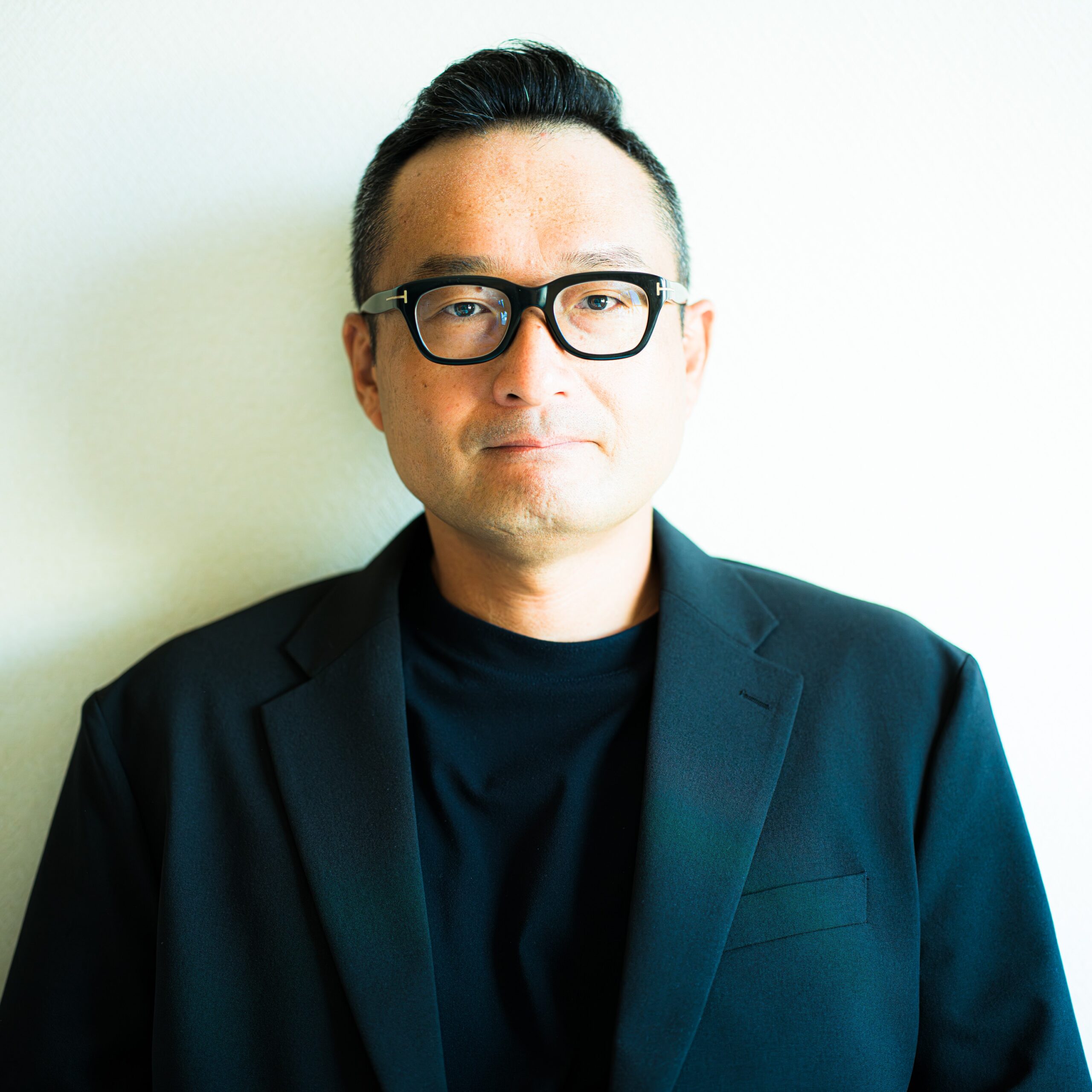Q: What first drew you to photography, and how did you discover that motorsports and capturing motion would become such a passionate focus for you?
When I was in high school, I took pictures at a relative’s wedding with an instant camera, but they turned out so poorly that I couldn’t show them to anyone. That frustration made me want to understand how to take better photographs — and that became the starting point of my journey.
I wasn’t originally interested in motorsports. My path began when I started photographing whooper swans, which led me to discover the technique of panning. By chance I found a panning workshop online and decided to join. There I encountered the speed, intensity, and roar of racing bikes for the first time, and I was completely captivated. That was the moment it all began.
Q: You mention creating this image in the spirit of Suisei Nagashi — a technique expressing motion, tension, and beauty. How did you adapt this philosophy technically?
Panning is usually about freezing the subject while letting the background flow, but Suisei Nagashi allows me to paint motion itself. By rendering the subject, the background, and the light all as trails, a beauty beyond reality emerges.
At the end of a long exposure, I swing the lens through as if sweeping a giant brush across space. For me, this is not simply recording speed — it feels like drawing time itself.
Q: Can you walk us through the specific settings and compositional choices that allowed you to transform speed and light into this almost painterly image?
The settings were 1/4 second, f/9.0, 300mm, and ISO 200. Because such a slow shutter speed would easily lead to overexposure even when stopped down, I used an ND64 filter.
For composition, I placed the bike off-center to give enough space for the trails to extend. I also swung the lens wide so that even the curbs outside the frame would leave their traces. Using a monopod tends to make the trails too straight, so I shot handheld to introduce a natural sense of fluctuation.
Q: Winning Non-professional Sports Photographer of the Year with such an artistic take on action photography is remarkable. What does this recognition mean to you?
This award carries great meaning for me because it recognizes the idea that sports photography can also be art. There are contests where such a work might be dismissed, and I know that this kind of expression can be divisive. At times I have doubted myself and even lost confidence.
But receiving this award has become a driving force for me to continue pursuing the path of expressing motorsport not only as competition, but also as beauty.
Q: You say you hope the image speaks to viewers. What do you most want people to feel or remember when they look at “Piercing the Rainbow”?
What I would most like viewers to enjoy are the beautiful trails and colors that are unique to Suisei Nagashi.
The intensity captured in a quarter of a second, and the transience of that very same quarter of a second passing by — how one feels about it is entirely up to each viewer. If someone wonders, “How was this photographed?” I would be delighted by that as well. In fact, there have been people who, after seeing my work, tried applying this technique in their own snapshot photography.
In any case, if even a trace of this beauty remains in someone’s memory, then the image has fulfilled its purpose.

